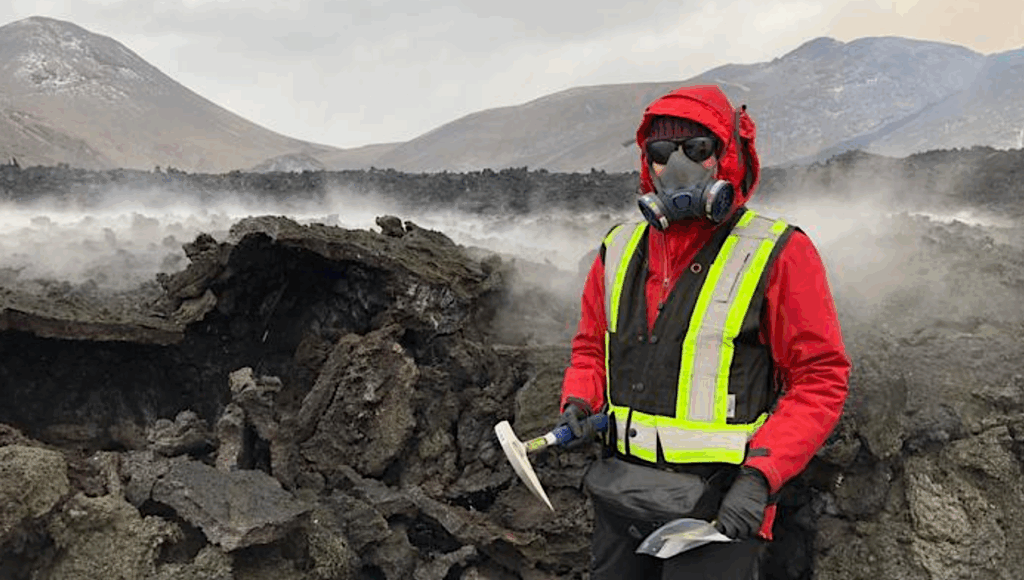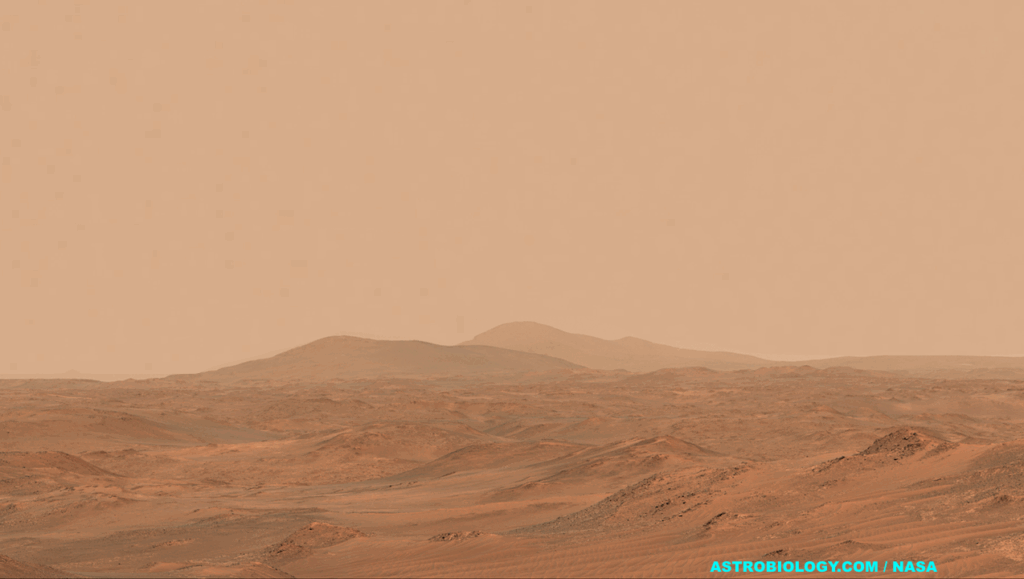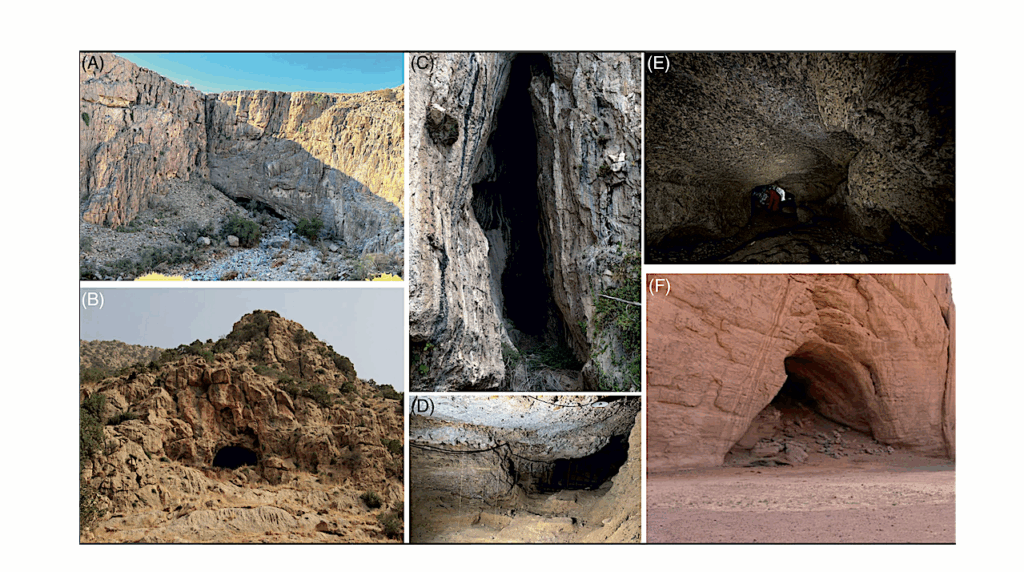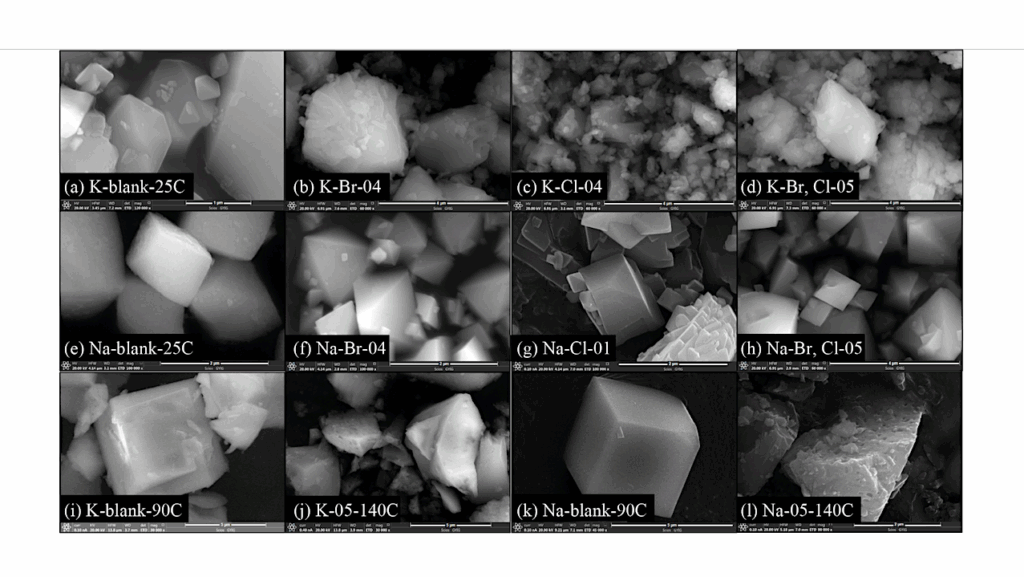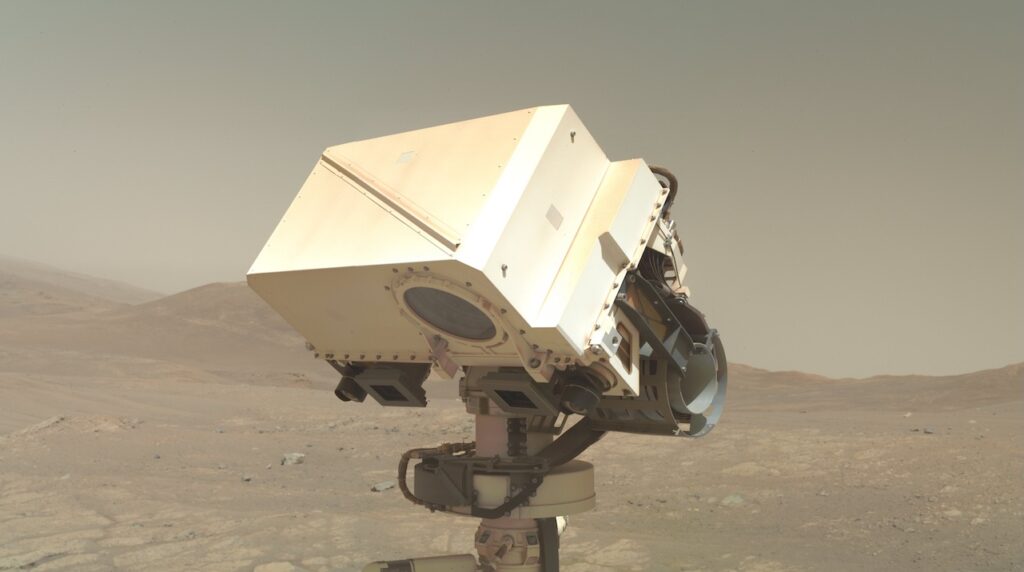Ancient Mars Was Warm with Occasional Rain, Turning Cold

Scientists have long known that water was abundant on ancient Mars, but there has been no consensus on whether liquid water was common, or whether it was largely frozen in ice.
Was the temperature high enough to allow the water to flow? Did this happen over an extended period, or just occasionally? Was the surface a desert or frozen? Warm conditions make it much more likely that life would have developed independently on the surface of ancient Mars. Now a new comparison of patterns of mineral deposition on the red planet with similar depositions on Earth lends weight to the idea that early Mars had one or more long periods dominated by rainstorms and flowing water, with the water later freezing.
Presenting the findings today at the Goldschmidt Geochemistry Conference in Barcelona, Professor Briony Horgan (Purdue University) said, “We know there were periods when the surface of Mars was frozen; we know there were periods when water flowed freely. But we don’t know exactly when these periods were, and how long they lasted. We have never sent unmanned missions to areas of Mars which can show us these earliest rocks, so we need to use Earth-bound science to understand the geochemistry of what may have happened there.
Our study of weathering in radically different climate conditions such as the Oregon Cascades, Hawaii, Iceland, and other places on Earth, can show us how climate affects pattern of mineral deposition, like we see on Mars. Here on Earth, we find silica deposition in glaciers which are characteristic of melting water. On Mars, we can identify similar silica deposits in younger areas, but we can also see older areas which are similar to deep soils from warm climates on Earth. This leads us to believe that on Mars 3 to 4 billion years ago, we had a general slow trend from warm to cold, with periods of thawing and freezing.
“If this is so, it is important in the search for possible life on Mars. We know that the building blocks of life on Earth developed very soon after the Earth’s formation, and that flowing water is essential for life’s development. So evidence that we had early, flowing water on Mars, will increase the chances that simple life may have developed at around the same time as it did on Earth. We hope that the Mars 2020 mission will be able to look more closely at these minerals, and begin to answer exactly what conditions existed when Mars was still young.”
Analysis of the surface geology of Mars supports a trend from a warm to a cold climate, but the climate models themselves don’t support this, due to the limited heat arriving from the young Sun. “If our findings are correct, then we need to keep working on the Mars climate models, possibly to include some chemical or geological, or other process which might have warmed the young planet,” said Horgan.
The research team compared Earth data to Martian minerals detected using the NASA CRISM spectrometer, currently orbiting Mars, which can remotely identify surface chemicals where water once existed. They also took data from the Mars Curiosity Rover. Professor Horgan is a co-investigator on the Mars 2020 mission, due to be launched in July 2020 and to begin to explore the Jezero Crater in February 2021.
Commenting, Professor Scott McLennan (Stony Brook University) said, “What is especially exciting about this work is that it used well understood Earth based geological processes from regions that are good analogs for Mars. The results not only make sense from the perspective of developing climate evolution models for Mars but also demonstrated a possible mechanism for forming the most interesting and perplexing and non-crystalline components that have been found in all of the samples analysed so far by the Curiosity rover.” (Professor McLennan was not directly involved in this work; this is an independent comment.)
Reference (Conference Abstract): “Was Ancient Mars Warm and Wet or Cold and Icy? Mineral Signatures of Climate in Rover, Orbiter, and Terrestrial Analog Studies,” B. Horgan^1 ,E. Rampe^2, A. Rutledge^1,3, N. Scudder^1, R. Smith^4 & J. Graly^5 (1: Purdue University, West Lafayette, IN 47907; 2: NASA/Johnson Space Center, Houston, TX 77058; 3: Northern Arizona University, Flagstaff, AZ 86011; 4: Stony Brook University, Stony Brook, NY 11794; 5: IUPUI, Indianapolis, IN 46202).
Ancient valley networks and lake deposits on Mars are clear evidence that liquid water was once abundant on the surface, but whether the climate was warm and wet or cold and icy is poorly understood. We suggest that the mineralogical record of Mars may provide new constraints on the paleoclimate. Here we report on a series of studies using samples from Mars analog terrains on Earth to better understand the effects of climate on weathering mineralogy. Weathering in alpine glacial settings of the Oregon Cascades is driven by frequent melt, and water and sediments have low residence times in the glacial system. Abundant alteration products in proglacial terrains include silica coatings on bedrock and poorly crystalline silicates in glacial sediments. Preliminary results from mafic sediments at cold-based margins of the Antarctic ice sheet also show poorly crystalline silicates, consistent with weathering by transient melt. In contrast, sediments from warm-based zones show enrichments in crystalline clay minerals, which we hypothesize form due to longer residence times under the ice sheet.
Similar trends are observed in terrestrial mafic soils, from crystalline clay minerals in warm climate soils to poorly crystalline phases in cold climate soils. Silica signatures have been identified from orbit on Mars in Amazonian periglacial terrains, and the Curiosity rover has identified silica-rich poorly crystalline materials in Hesperian lake sediments in Gale crater. We suggest that these amorphous phases on Mars could have formed in cold climates during punctuated melt events. However, the most common Noachian alteration signatures are crystalline clay minerals in compositionally zoned stratigraphies, for which the closest terrestrial analogs are deep weathering profiles only known to form under persistent rain-dominated climates. These observations suggest at least one long-lived climatic optimum in the Noachian, but in situ analysis of Noachian detrital sediments by Mars 2020 will be necessary to determine if icy conditions otherwise prevailed
The Goldschmidt conference is the world’s main geochemistry conference, with upwards of 4000 scientists attending. It is organised alternately by the European Association of Geochemistry and the Geochemical Society (US-based). The 2019 Goldschmidt conference takes place in Barcelona, from 18-23 August, https://goldschmidt.info/2019. The 2020 conference takes place in Hawaii.


